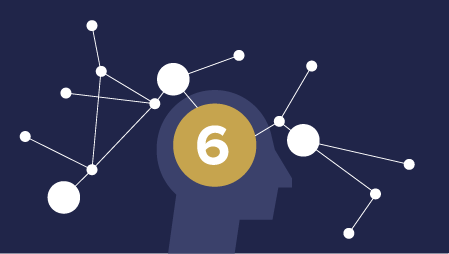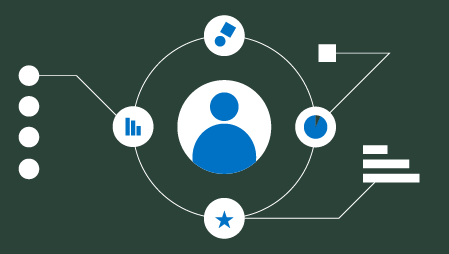Ready to learn Machine Learning? Browse courses like Machine Learning Foundations: Supervised Learning developed by industry thought leaders and Experfy in Harvard Innovation Lab.
While today’s marketers have access to data in abundance, it is important to ensure the data is relevant and up-to-date. Typically, customer data comes from varied sources such as website forms, social media, email lists, and more. For example, in a typical B2B scenario, we receive the information about a customer or a prospect, which in most cases is partial data and sometimes invalid information. You might just have their email address and name, or at best, their organization name and a phone number in addition to it.
We all come across fake lead information, every now and then. Therefore, as a marketer, this data is not enough. You neither know if the prospect is a firmographic fit (meaning, they fall under your target industry, organization size, job title, revenue, etc.) nor do you know where they are in their purchase cycle. This where data enrichment as a practice comes into play.

Data enrichment apps fill up the gaps of inadequate data or inaccurate information. It may be mean uniform formatting, updating records up-to-date, ensuring relevance of information and more. This is important because inaccurate data means marketing messages are sent to the wrong people, sales professionals waste their time trying to reach prospects who aren’t sales ready. Also, it can lead to misclassified prospect segmentation and so on. You can check out what does a data enrichment app look like.
Now, that we have briefly seen what data enrichment is – let us explore the top 5 uses cases for enriched data:
- Increased web form conversions
For most marketers, lead generation is a primary KPI. From that perspective, data enrichment tools can lower the barriers to web form conversions. For example, if you have data enrichment tools to fill up missing data, you can always reduce the number of entry fields on your web forms, thereby making it easier for the site visitors. This means, you can have the “must have” fields alone on your form and the rest is taken care by your data enrichment app.

- Lead Scoring
With better data and customer signals, you can qualify the leads at the top of your funnel and exponentially increase the lead-to-sales ratio. If you choose the right enrichment app, it can enrich and populate a number of additional fields of information about a lead, which in turn will massively help your lead scoring. You can thus prioritize and pursue the leads that have the highest buying intent and product fit. Enrichment apps are just useful for prospecting, but also understand your existing customers, thus helping you in account management, upselling and cross-selling.
- Enhanced Customer Segmentation
This is a step that extends from lead scoring and transpires into classifying your prospects and customer into segments according to their sales propensity. A data enrichment tool gives you enough information about your prospects and leads and more importantly ensures up-to-date information by refreshing the data from time to time. Therefore, regardless of the source of the leads, the enrichment app can help you segment your customers and thereby tailor your communications to them.
- Hyper-Personalization
Today’s marketing boils down to the relevance of conversations. As we have discussed in some of our previous blog posts, we are no more in the era of mass marketing. In fact, even personalization and hyper-personalization has moved to mass personalization. Enriched data, helps you personalize on a scale. Rich contextual data about prospects and customers instantly allows to establish meaningful conversations and improve the overall customer experience. Your communications need to go beyond understanding their demographic and firmographic information. You need to be relevant to their current pursuits, and that is why data enrichment is the way to go.
- Improving overall CX
Customer Experience (CX) makes all the difference for a prospect to choose between two vendors/partners. From a data standpoint, you need to be able to go beyond readily available data and identify the data that really matters, to enable a better experience for the customer. Enriched data means you have current and relevant data. It means when the insights derived from the updated data is more accurate. Therefore, your campaigns, targeting, and interactions with your customers and prospects are more meaningful than ever.




